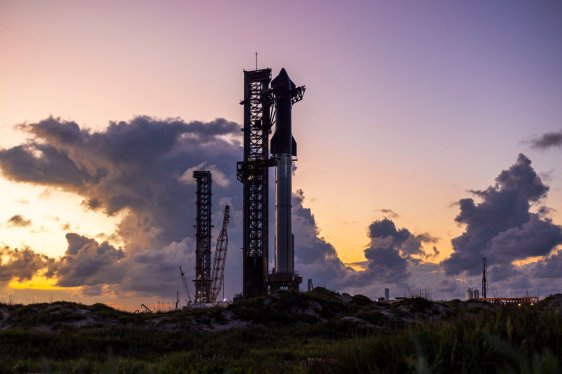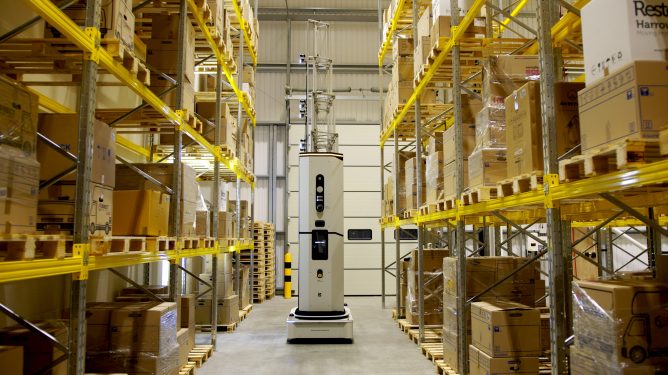The Next-Generation of Space Exploration
SpaceX, the renowned private aerospace manufacturer and space transport services company founded by Elon Musk, is making significant strides in its ambitious Starship test flight program. The latest developments indicate that the next rocket launch will demonstrate payload deployment for the first time, marking a crucial milestone in the program’s progress.
A New Era of Space Technology
The payload in question consists of 10 Starlink ‘simulators,’ which are similar in size and weight to the next-gen satellites SpaceX plans to deploy in space using the Starship. These model spacecraft will travel on the same trajectory as the upper stage, also called Starship, and splash down in the Indian Ocean.
A Major Breakthrough for Starlink
The operational version of these satellites, called V3, is expected to be the first real payloads Starship flies. This achievement holds significant importance for SpaceX’s plans to rapidly deploy its Starlink satellite constellation and reduce costs per satellite launched. The current reliance on Falcon 9 rockets limits the company’s ability to launch heavier payloads, such as the V3 satellites.
The Benefits of Starship
Starship’s incredible payload capacity will enable SpaceX to deploy 60 V3 satellites per launch, adding 60 terabits per second of capacity to the Starlink network. This represents a significant increase in capacity compared to the current V2 Mini spacecraft. According to SpaceX, each V3 satellite offers more than 10 times the downlink and 24 times the uplink capacity compared to the V2 Mini satellites.
Upgrades and Improvements
A blog post from SpaceX ahead of the seventh test launch, expected to take place later this month, highlights several upgrades to the rocket. These improvements focus on enhancing the propulsion system, avionics, and heat shield, which will significantly boost reliability and performance.
The ‘Catch’ Attempt
During this test flight, SpaceX will attempt to catch the Super Heavy booster, a feat that the company accomplished for the first time during the fifth test in October. This demonstration showcases the company’s commitment to pushing the boundaries of space technology and innovation.
The Importance of Starship’s Success
SpaceX’s success with Starship is crucial for its plans to deploy the Starlink satellite constellation, which will revolutionize global connectivity and provide fast, reliable internet access worldwide. With Starship, SpaceX aims to reduce launch costs, increase efficiency, and expand its capabilities in space exploration.
A Glimpse into the Future of Space Technology
As SpaceX continues to push the boundaries of what is possible with Starship, it marks a significant leap forward for the company and the world. With each successful test flight, we get closer to realizing the ambitious vision of making humanity a multi-planetary species.
The Road Ahead
With its sights set on the stars, SpaceX is embarking on an unprecedented journey in space exploration. The success of Starship will not only propel SpaceX forward but also pave the way for other companies and governments to follow suit. As we continue to explore the vast expanse of space, we can expect to witness remarkable innovations that will forever change our understanding of the universe.
Conclusion
SpaceX’s commitment to innovation and pushing boundaries has taken center stage with its Starship test flight program. With each successful milestone achieved, we move closer to realizing a future where humanity has access to fast, reliable internet and is capable of exploring the vastness of space. As SpaceX continues to write history in the world of space technology, one thing remains certain: the future will be full of wonder and excitement.
Additional Resources
Subscribe to TechCrunch Daily News
Get the latest news and updates from the world of technology, including space exploration, delivered directly to your inbox.












